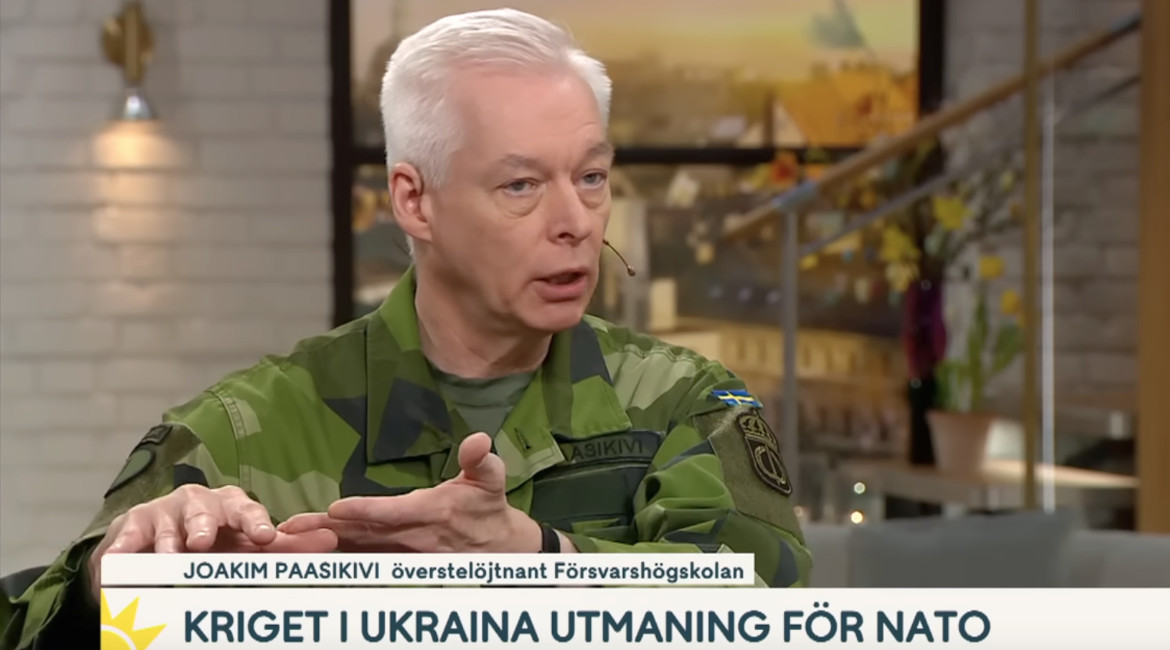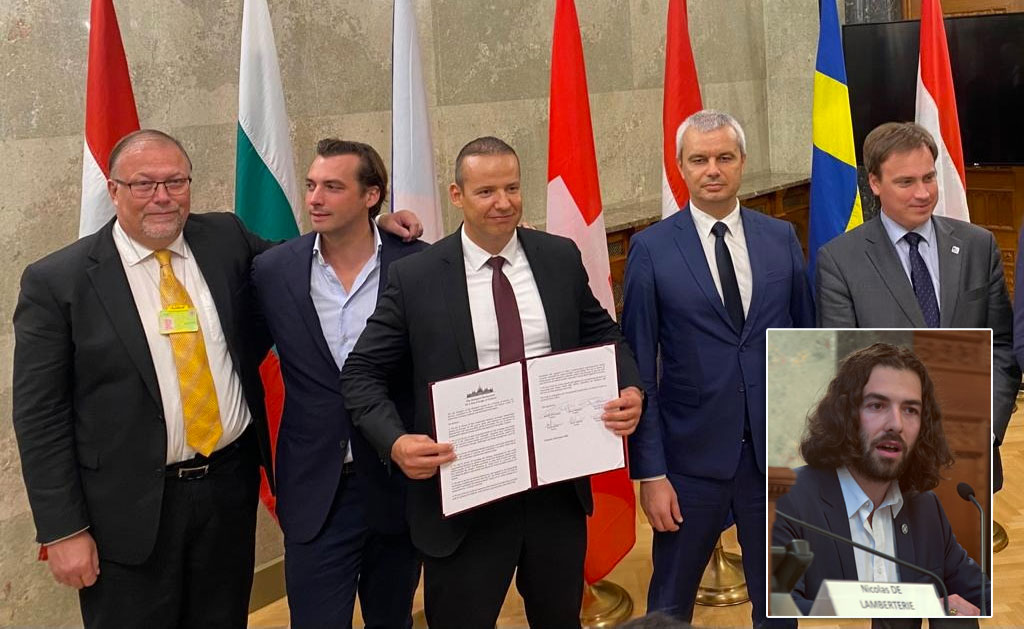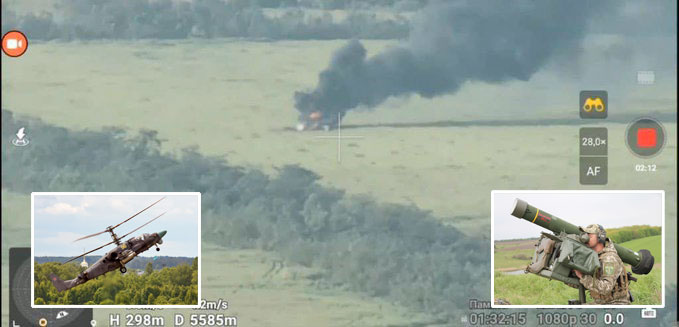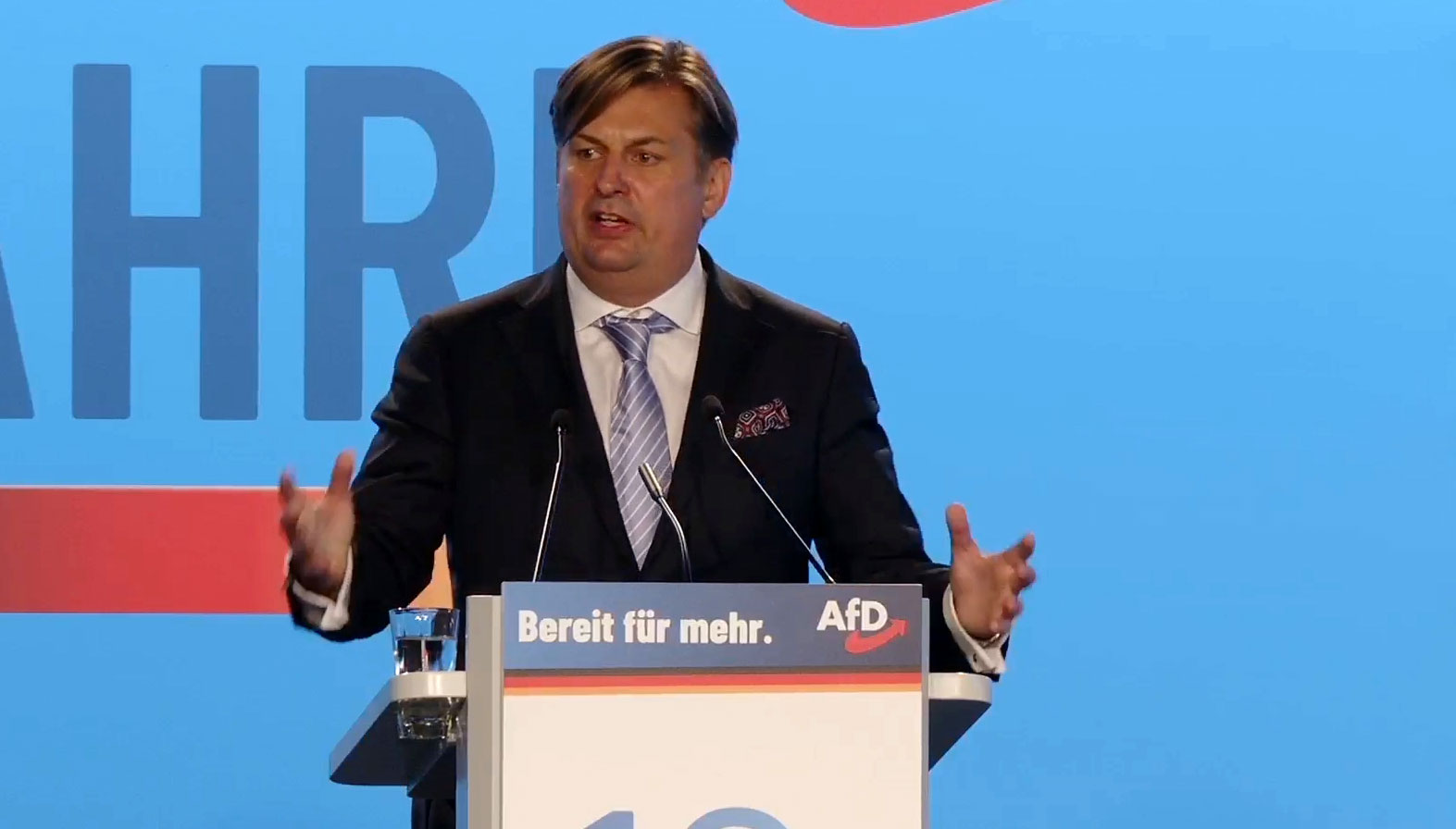Russia’s maritime policy: Becoming world’s second strongest navy
Russian President Vladimir Putin signed off his country's naval war strategy until 2030, in an attempt to counter the Washington’s ambitions to dominate the seas, as it poses a risk to Russian national security.
Published: July 23, 2017, 11:21 am
In terms of combat capabilities, according to the Fundamentals of Russia’s State Naval Policy Through 2030 approved by President Vladimir Putin on Thursday, Russia aims to build its navy into the world’s second force.
Viewed as an indisputable right, Russia will not allow foreign navies to gain overwhelming superiority over its navy, said the document, as the US concept of “global strike” poses a direct threat to global and Russian security, it warned.
Long-range high-precision cruise missiles will become the core weaponry for Russia’s submarines, surface fleets and coastal troops by 2025, according to the document.
The Russian navy will therefore strengthen its Black Sea Fleet by building up the contingent on the Crimean peninsula, and try to ensure the permanent presence of its naval forces in the Mediterranean and other strategically important waters.
“Current risks and threats to national security of the Russian Federation in the World’s Oceans exist and new ones emerge. Most of them are aspirations of certain states, primarily the United States of America and its allies to dominate in the World’s Oceans, in particular in the Arctic, and also to achieve overwhelming superiority for their navies,” reads a part of a new strategic document.
The document further noted Russia’s right to respond to a variety of threats, particularly territorial claims of foreign states, especially the territories in Primorye region of Russia’s Far East.
It also noted a higher number of states with efficient and powerful navies, the proliferation of weapons of mass destruction and of missile technology, aspirations of certain states to restrict access of the Russian Federation to resources of the World’s Oceans and to vital maritime transport routes.
Economic, political, international and military pressure aimed at the Russian Federation in order to diminish its maritime activities at sea and to weaken its control of the North Sea Route were highlighted. The North Sea is an historical national shipping route of the Russian Federation.
Russia expressed concern about the growing influence of international terrorism, piracy, poaching, smuggling of arms, drugs and hallucinogens by sea, in addition to the smuggling of chemicals and radioactive materials, as well as the risk of armed conflicts in the regions that are of great strategic importance to Russia and its allies.
“For the period until 2025 the submarine and surface forces and the coastal troops of the Russian Navy will be based on precise long-range winged missiles,” according to TASS. “By 2030, the Russian Federation should have balanced fleets in all strategic directions, that will consist of ships that will operate in the close maritime zone, distant maritime zone and ocean areas, as well as of marine aviation and coastal troops equipped with effective strike precision weapons, and will have a developed basing and support system,” the document stated.
“After 2025, the submarine and surface forces and the coastal troops of the Russian Navy will receive supersonic missiles and multi-purpose robocraft, including unmanned autonomous underwater vehicles,” the Navy State Policy Framework concluded.
All rights reserved. You have permission to quote freely from the articles provided that the source (www.freewestmedia.com) is given. Photos may not be used without our consent.
Consider donating to support our work
Help us to produce more articles like this. FreeWestMedia is depending on donations from our readers to keep going. With your help, we expose the mainstream fake news agenda.
Keep your language polite. Readers from many different countries visit and contribute to Free West Media and we must therefore obey the rules in, for example, Germany. Illegal content will be deleted.
If you have been approved to post comments without preview from FWM, you are responsible for violations of any law. This means that FWM may be forced to cooperate with authorities in a possible crime investigation.
If your comments are subject to preview by FWM, please be patient. We continually review comments but depending on the time of day it can take up to several hours before your comment is reviewed.
We reserve the right to delete comments that are offensive, contain slander or foul language, or are irrelevant to the discussion.

Swedish military wants to remilitarize the Åland Islands
The demilitarized autonomy has previously been known as 'the islands of peace.

NOAA Predicts Zero Sunspots for Almost the Whole 2030s
CLIMATEThe United States' government scientific organization, the National Oceanic and Atmospheric Administration (NOAA), predicts zero sunspots from 2031 to 2040. This is an extreme situation that has not occurred in as long as humanity has been counting sunspots, and it leads us into uncharted territory in terms of our solar system. However, this prediction aligns with the warnings of the world-renowned solar researcher Valentina Zharkova for many years, who indicated in 2019 various signs of this catastrophic phenomenon, including the extreme hailstorms we have seen in Europe and the world this summer. The forecast and various observations this year give cause for very significant concern. In this unique analysis, Free West Media explains why.

European Nationalist Parties Forge Cooperation Ahead of EU Elections
EUROPEAN ELECTIONSOn Saturday, August 26, representatives of six European nationalist parties gathered in Budapest. The meeting was initiated by the Hungarian party Mi Hazánk and took place in the national parliament. Representatives of the parties signed a joint declaration that not only reaffirms the parties' friendship but also their unity on a range of complex political issues. A surprisingly clear and radical manifesto was established. The hope is that this cooperation will lead to success in the EU elections and eventually result in the formation of a group in the European Parliament. For Swedish nationalism, this meeting marks a success as Sweden, for the first time, has a party represented in a leading nationalist cooperation in Europe. Free West Media was present at this historic event.

Turkey Believes Sweden Hasn’t Done Enough
Sweden will have to wait a bit longer for NATO membership, according to Turkey's Justice Minister Jilmaz Tunc. First, Sweden must extradite the "terrorists" Turkey wants and stop the desecration of the Quran.

Swedish Weapon Takes Down Russia’s Best Attack Helicopter
The Russian attack helicopter Ka-52 is considered one of the world's best and has struck fear in Ukraine, where it has hunted down tanks and other armored vehicles, often beyond the range of many light anti-aircraft systems. However, it has met its match in the Swedish air defense missile system RBS 70, which has quickly led to significant losses for the Russian helicopter forces.

Strong Confidence in German AfD
Alternative for Germany (AfD) held a party conference on July 29-30 to select candidates for the upcoming EU election next year. EU Parliament member Maximilian Krah, belonging to the party's more radical, ethnonationalist faction, was appointed as the top candidate. The party's two spokespersons delivered powerful speeches criticizing the EU's failed migration policy and trade sanctions that isolate Europe and Germany from the rest of the world. They argued that it's time for the EU to return a significant portion of its power to national parliaments. However, they have dropped the demand for Germany to exit the EU.

The Establishment Wants to Ban Germany’s Second Largest Party – for the Sake of Democracy
The rising popularity of AfD has raised strong concerns within the establishment. Despite lies and demonization in the media and isolation from the overall political establishment, the party continues to grow. Certain representatives of the party are accused of becoming increasingly "extreme," and in an unusual move, the influential weekly newspaper Der Spiegel demanded that AfD be "banned."

Dutch FvD break through the media blockade
What is happening in the Netherlands? It is often difficult to follow events in other countries, especially when distorted by system media. We give Forum for Democracy (FvD) the opportunity to speak out on the political situation in the Netherlands and the staunch resistance they face in trying to save the country.

The Ursula von der Leyen Affair
After a criminal complaint in Belgium against the President of the European Commission, the so-called SMS-case, now takes a new turn. The judge responsible for the investigation will likely gain access to the secret messages exchanged between Ursula von der Leyen and Albert Bourla, CEO of Pfizer, at least if they haven't been deleted.

Publisher of Unique Literature Worldwide Blocked by International Distributor
Arktos has distinguished itself by publishing groundbreaking philosophers and social critics. Now, the publisher's international distributor has abruptly terminated the cooperation, and more than 400 already printed titles cannot reach their audience. There is strong evidence that the distributor has been under pressure, something that has also happened in Sweden. We have spoken with Arktos founder Daniel Friberg about the ongoing struggle for freedom of speech in a shrinking cultural corridor.

